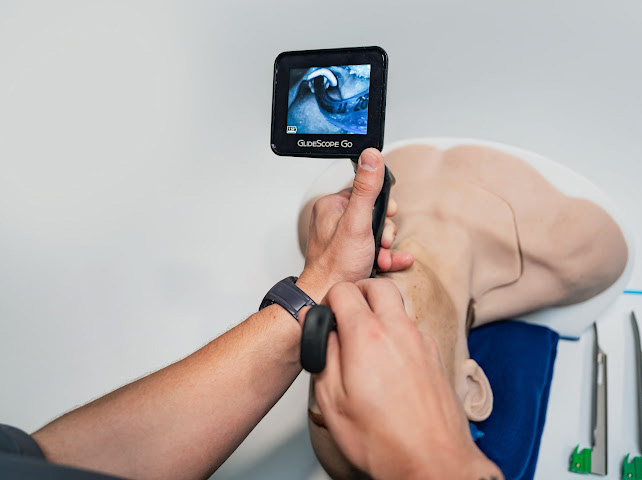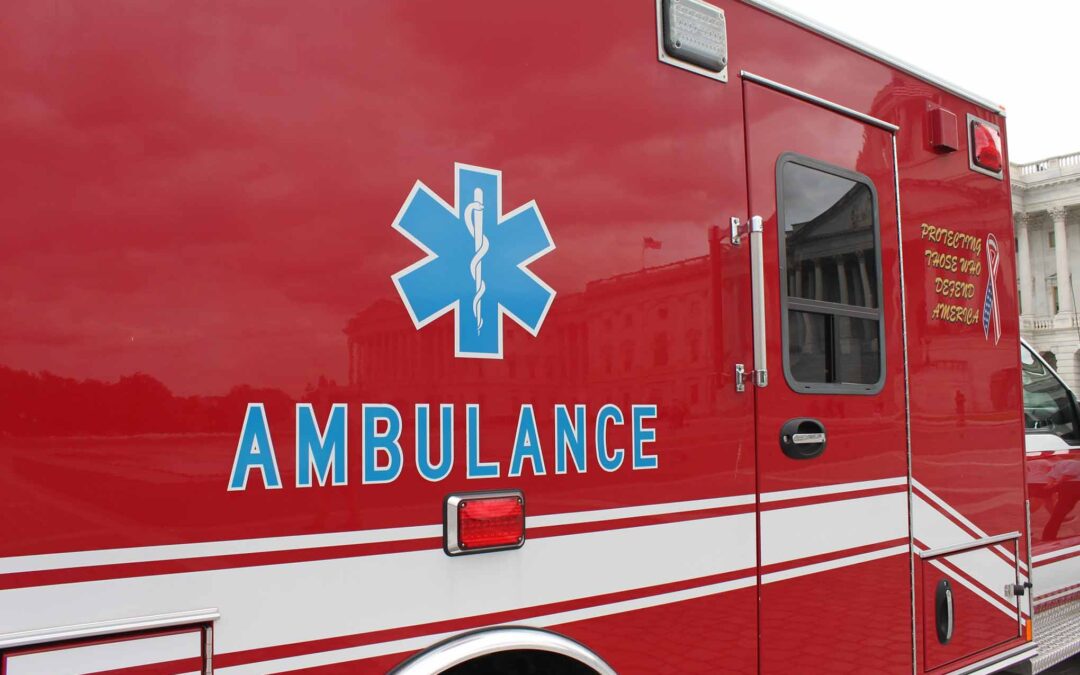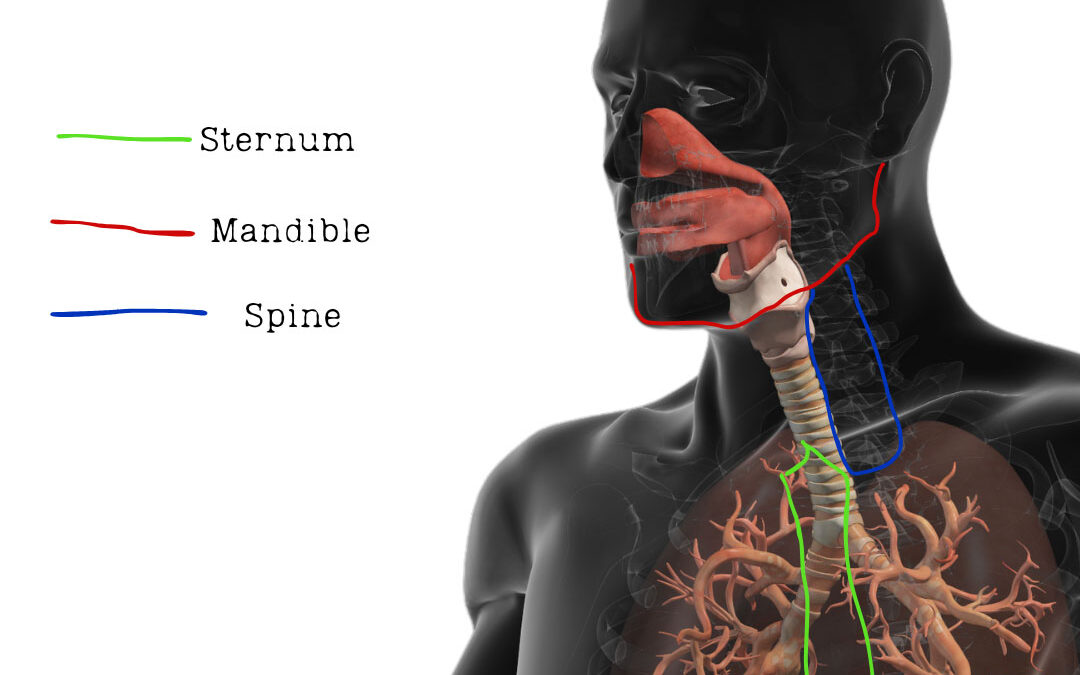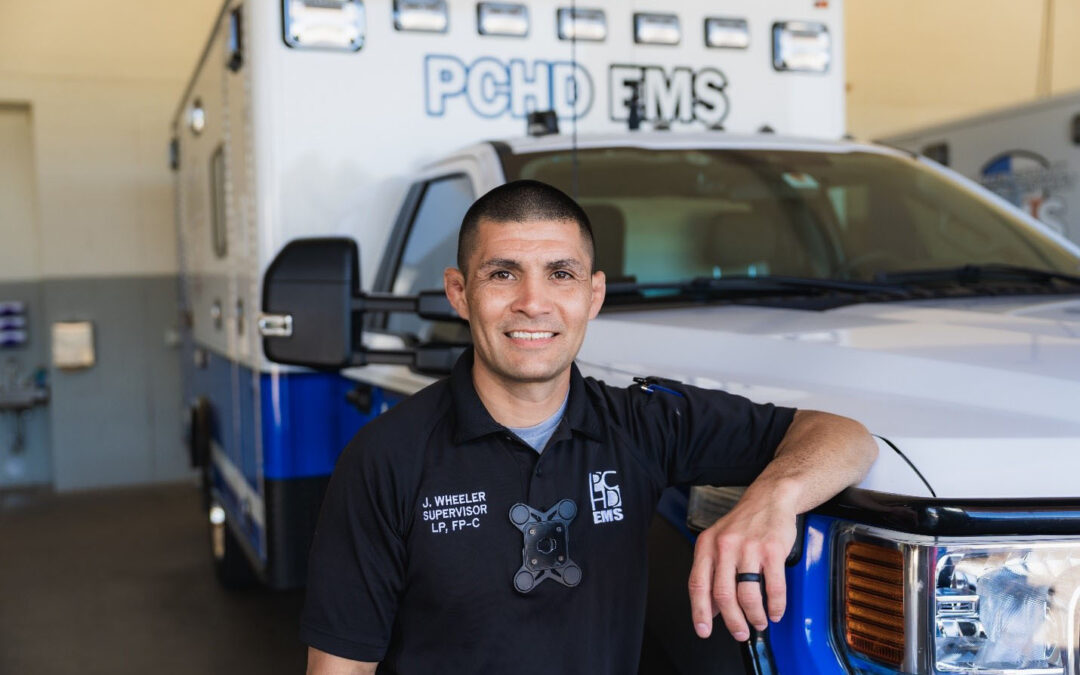
Why EMS Should Ditch Standard Geometry Blades for Hyperangulated–and Never Look Back
EMS airway success improves with hyperangulated blades for faster intubation and better patient outcomes.

EMS airway success improves with hyperangulated blades for faster intubation and better patient outcomes.

Prehospital airway success requires optimizing ventilation, oxygenation, and perfusion before intubation to prevent hypoxia and cardiac arrest.

Tracheal injuries are rare but lethal events that require rapid recognition and advanced airway management to prevent fatal outcomes.

A retrospective analysis of 242 advanced airway cases by Parker County Hospital District EMS showed a first-pass success rate of 96.3%.

A man heating plastic in a shed developed cyanide poisoning, causing low heart rate, low blood pressure and mental status changes.
Recent Comments